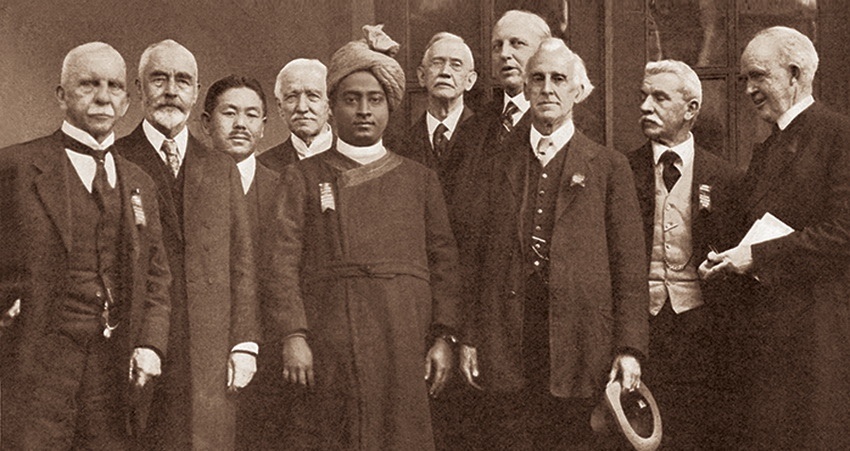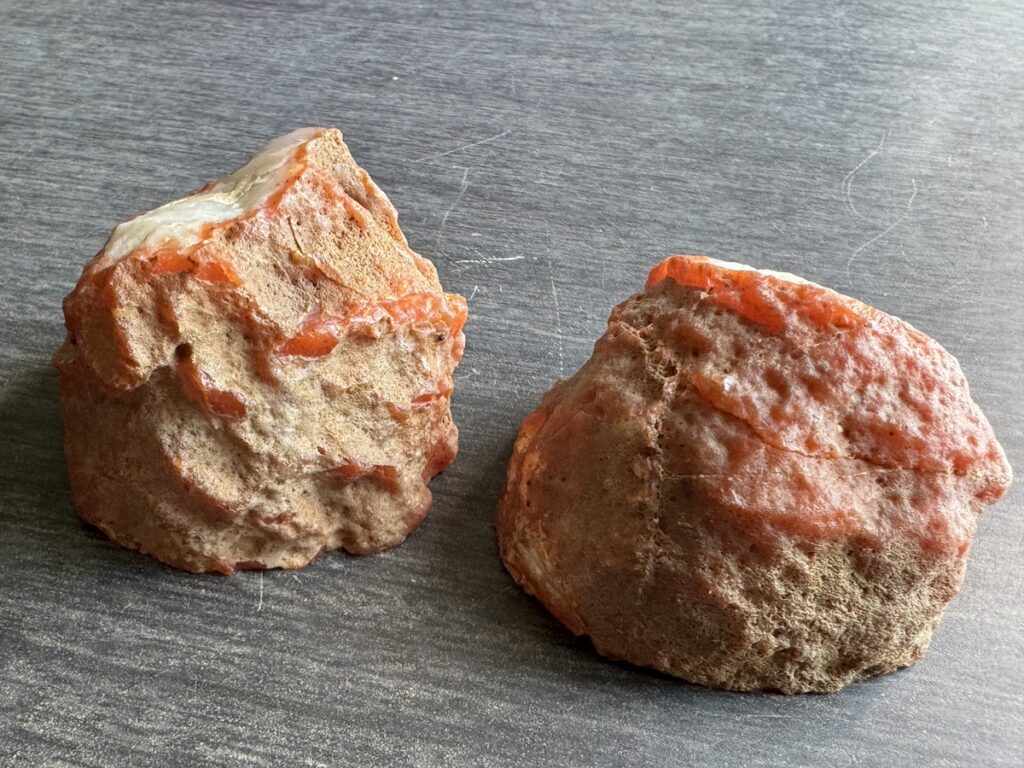SCIENCE OF RELIGION
Backwoods Blog;
in the woods and on the road…

Gray-Banded Agate
The universe is composed of Nature and Soul...Why should we not also enjoy an original relation to the universe?
from the essay Nature 1836
The soul is the background of our being. From within or from behind, a light shines through us upon things, and makes us aware that we are nothing, but the light is all. When it breathes through the intellect, it is genius; when it breathes through the will, it is virtue; when it flows through our affection, it is love…We live in succession, in division, in parts, in particles. Meantime within man is the soul of the whole; the wise silence; the universal beauty, to which every part and particle is equally related; the eternal One. And this deep power in which we exist and whose beatitudes is all accessible to us is not only self-sufficing and perfect every hour, but the act of seeing and the thing seen, the seer and the spectacle, the subject and the object are one. We see the world piece by piece, as the sun, the moon, animal, the tree; but the whole, of which these are the shining parts, is the soul…The universe is represented in an atom, in a moment of time.
from the essay The Over-Soul 1841
What is God but the name of the Soul at the center by which all things are what they are?
Emerson’s personal journals
Polarity, or action and reaction, we meet in every part of nature; in darkness and light; in heat and cold; in the ebb and flow of waters; in male and female; in the inspiration and expiration of plants and animals, in the centrifugal and centripetal gravity; in electricity, galvanism, and chemical affinity…The universe is represented in every one of its particles. Everything in nature contains all the powers of nature. Every thing is made of one hidden stuff. The world globes itself in a drop of dew…Essence, or God, is not a relation or a part, but the whole. Being is the vast affirmative, excluding negation, self-balanced, and swallowing up all relations, parts and time within itself.
from the essay Compensation 1841
The New England Transcendentalist movement of the 19th century included such names as Ralph Waldo Emerson, Henry David Thoreau, Amos Bronson Alcott, Margaret Fuller and William Ellery Channing and influenced the poetry of a young Walt Whitman. Concord, Massachusetts was the epicenter of Transcendentalist activity and neighboring Walden Pond would become one of the most well known bodies of water in the country. The Transcendentalists explored a combination of philosophy, religion, natural science, political critique, alternative lifestyle and literary expression. Although the writing style of the 1800s is a bit dense (and a sentence is sometimes a paragraph long), it’s amazing how fresh and modern many of the ideas remain over a century and a half later.
In 1920, The International Conference of Religious Liberals invited Paramahansa Yogananda, a young Swami from India, as a delegate to speak at the conference in Boston. It was Yogananda’s first trip to the United States and the lecture he delivered was titled, “The Science of Religion.” The conference was organized by leaders of the American Unitarian Association, which included Rev. Charles Wendte who had also helped organize the 1893 Parliament of World’s Religions in Chicago. Both of the conferences trace influences back to the earlier work of the Transcendentalists. Yogananda’s lecture echoes the themes of Emerson’s ideas regarding the nature of human consciousness and the physical world we live in. As science and technology advance so does our evaluation of our relation to it.
I recently purchased a gray-banded agate. It came as a two-piece set; the original rock was split into two and they fit together like a simple puzzle. The store owner had several offers for single purchase, but refused saying, “They are meant to go together…” An agate is formed when the hollow center of a volcanic rock (air bubble) fills with silica-rich groundwater and crystallizes over time. Agates come in various colors, shapes and patterns. This particular agate comes from Morocco and its blue-gray coloration is iridescent and shimmery. When you place your thumb in the center it almost feels like you’re pushing into the middle of a cosmic marshmallow. In his essay “Nature,” Emerson says that “The universe is composed of Nature and Soul.” In the myriad world of material things there is also an immaterial aspect related to it sitting in the background. The interface between the two is where science, poetry and philosophy come into play. When we feel disconnected from nature, other people or the current events of the day, it is a reflection of our own inner disconnect. When we are whole the entire world is whole. When I sit with my gray-banded agate in hand, I sit with hundreds of thousands of years of formation and the beauty of this moment. And here I sit…
In the woods,
Dave
September 4, 2024

International Conference of Religious Liberals (1920)
Yogananda in the center with Rev. Charles Wendte next to him on the right.




Self Realization Fellowship (Los Angeles, California)

Paramahansa Yogananda (1893-1952)
